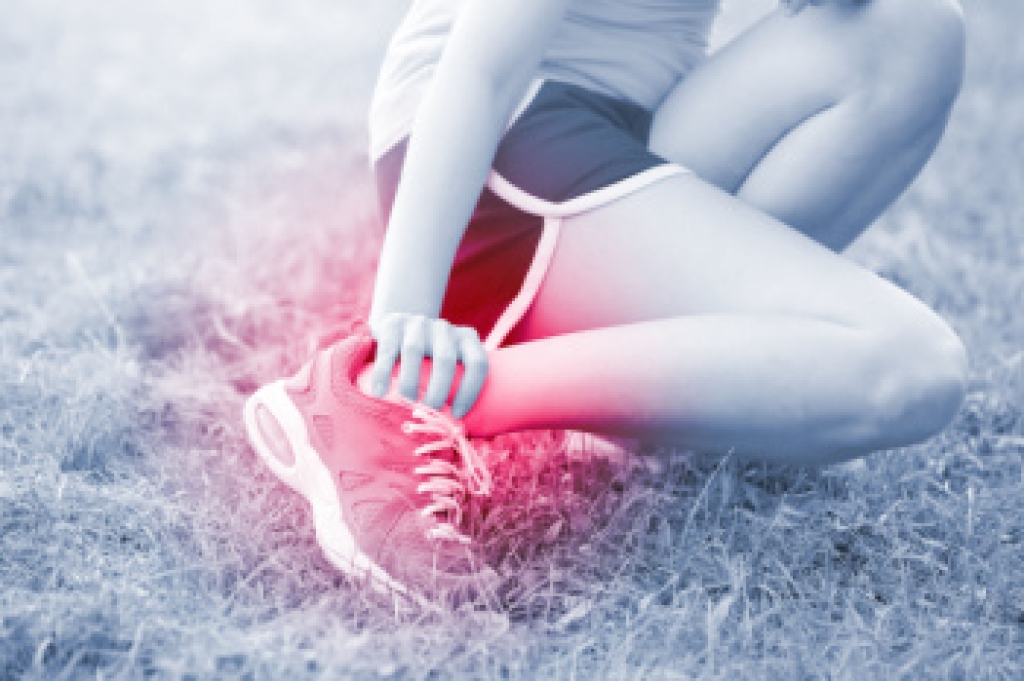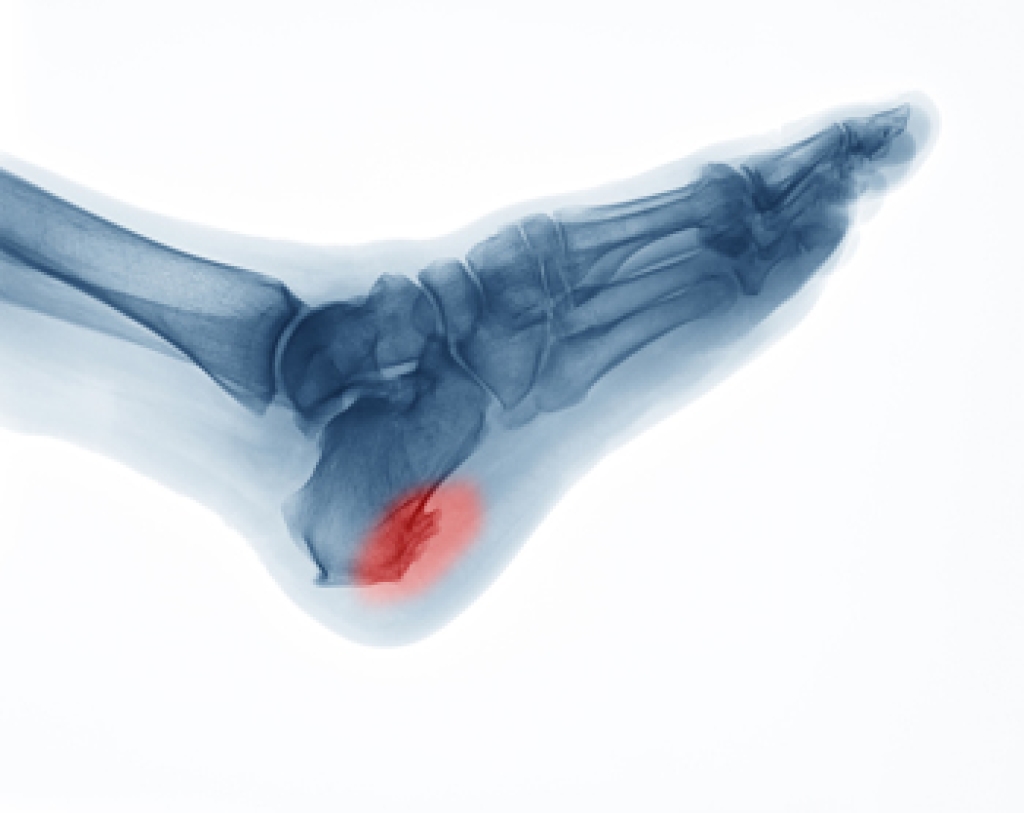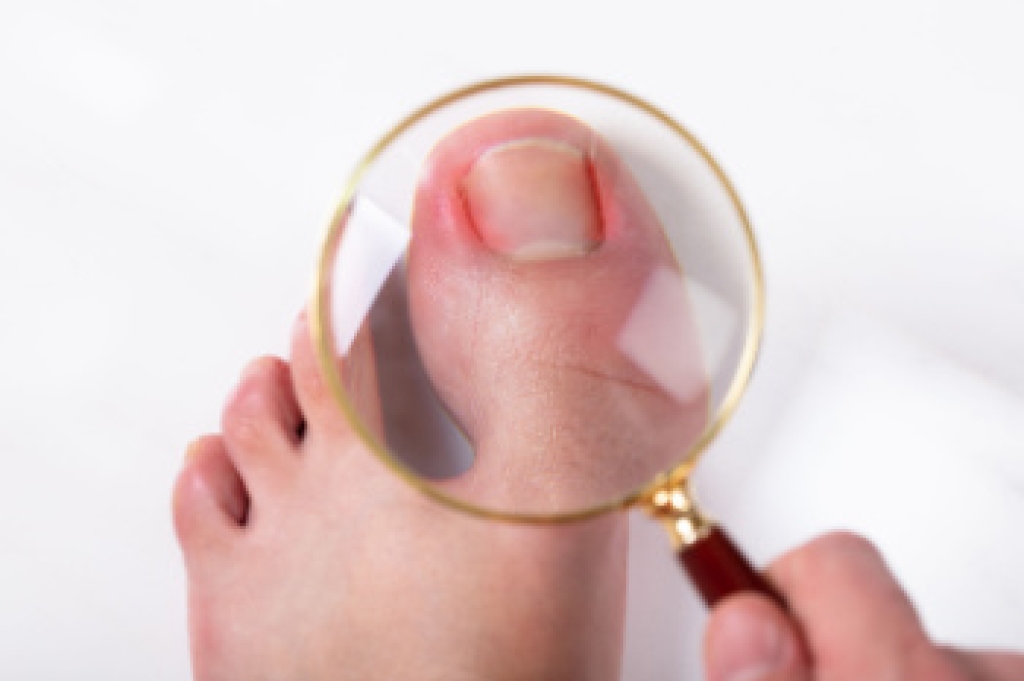
Morton’s neuroma is a thickening of tissue surrounding a nerve leading to the toes, most often occurring between the third and fourth toes. This nerve irritation typically develops from repeated pressure or compression in the forefoot. Factors contributing to Morton's neuroma include wearing narrow or high-heeled shoes, spending long hours on the feet, structural deformities like flat feet or bunions, and repetitive impact from running or jumping. Symptoms often involve burning or tingling pain in the ball of the foot, numbness between the toes, or the sensation of stepping on a pebble in the shoe. A podiatrist diagnoses Morton’s neuroma through a physical exam that may involve gently pressing the affected area to reproduce symptoms or using imaging like ultrasound to confirm the nerve thickening. Early diagnosis helps prevent long-term nerve damage and persistent pain. If you have symptoms of Morton’s neuroma, it is suggested that you make an appointment with a podiatrist for a diagnosis and treatment options.
Morton’s neuroma is a very uncomfortable condition to live with. If you think you have Morton’s neuroma, contact one of our podiatrists of North Penn Podiatry. Our doctors will attend to all of your foot care needs and answer any of your related questions.
Morton’s Neuroma
Morton's neuroma is a painful foot condition that commonly affects the areas between the second and third or third and fourth toe, although other areas of the foot are also susceptible. Morton’s neuroma is caused by an inflamed nerve in the foot that is being squeezed and aggravated by surrounding bones.
What Increases the Chances of Having Morton’s Neuroma?
- Ill-fitting high heels or shoes that add pressure to the toe or foot
- Jogging, running or any sport that involves constant impact to the foot
- Flat feet, bunions, and any other foot deformities
Morton’s neuroma is a very treatable condition. Orthotics and shoe inserts can often be used to alleviate the pain on the forefront of the feet. In more severe cases, corticosteroids can also be prescribed. In order to figure out the best treatment for your neuroma, it’s recommended to seek the care of a podiatrist who can diagnose your condition and provide different treatment options.
If you have any questions, please feel free to contact our offices located in Lansdale, and King of Prussia, PA . We offer the newest diagnostic and treatment technologies for all your foot care needs.




